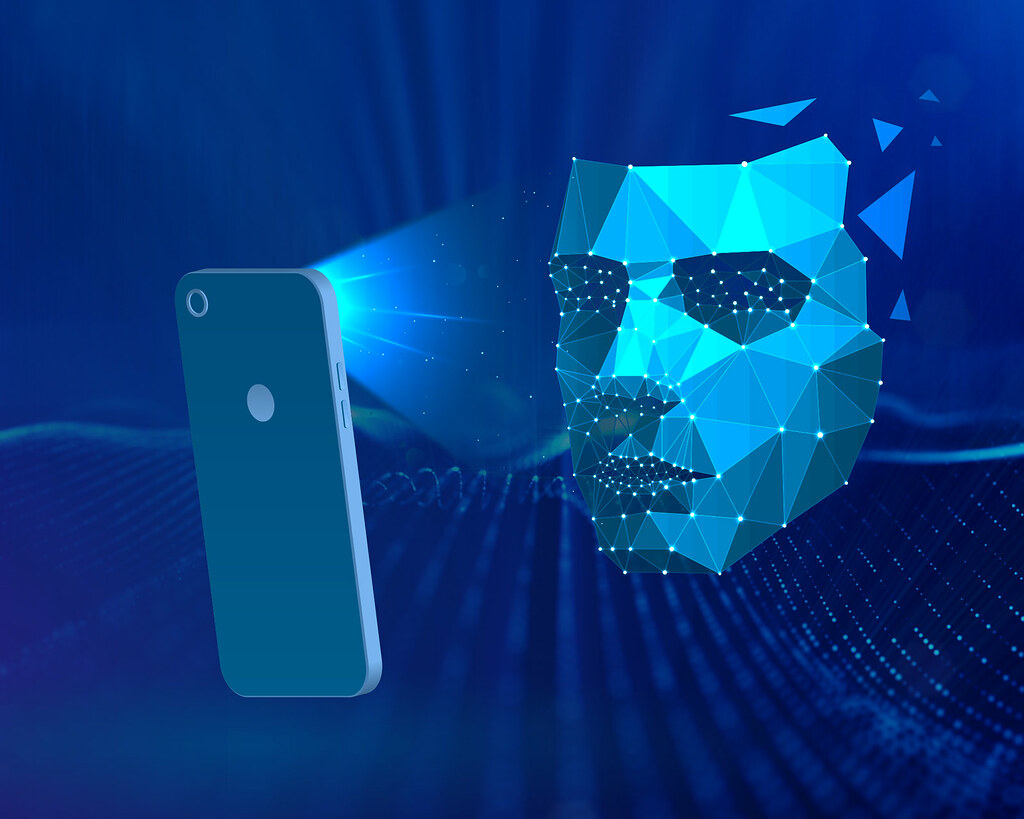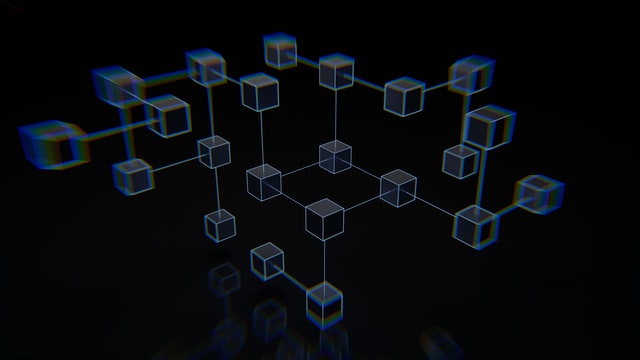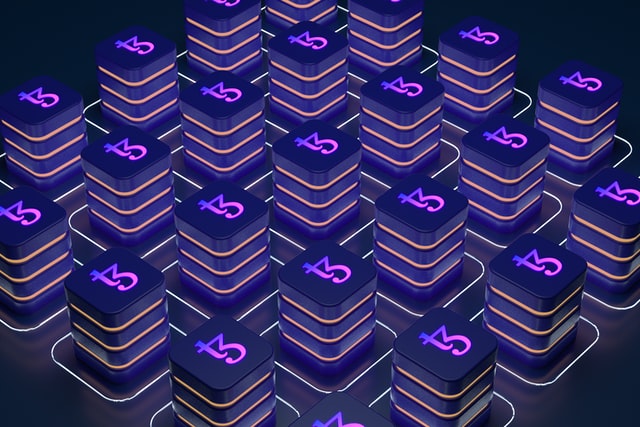Facial recognition is used to recognize the identity of the user through camera settings or documentation such as photos and videos. Facial recognition limits access to only individuals that the device is able to recognize through pre-recorded facial features. Facial recognition is commonly used for its efficiency and effectiveness when under proper conditions that would produce safer, faster, and more accurate results for its participants.
Facial recognition is one of the many types of biometric security often used today. Biometric security is a method utilizing software to confirm the identity of individuals through their physical characteristics. Examples of biometric authentication include fingerprint mapping, and retina eye scans, voice recognition, among many others. All individuals have unique characteristics that are slightly different than others. Biometric security is able identified through biological biometrics by using genetic traits, morphological biometrics by using body structures, or behavioral biometrics based on a person’s behavior and how they perform certain actions. Biometric security takes advantage of these characteristics to identify or verify the subject of interest.
Facial Recognition Applications
Facial recognition has become more commonly useful through past years as many devices are using biometric applications to improve the security of all elements of our daily lives. A common use for facial recognition is through unlocking iPhones, which can identify the individual from any angle at its limit based on the data when setting up the phone.
However, facial recognition is used for a lot more purposes than one may expect. It is capable of identifying or looking for a certain individual through cameras or matching faces to facial matching programs. Airports and border control take advantage of facial recognition systems to allow biometric passports that would efficiently find the identity of the individual. British Airways allows facial recognition on passengers boarding flights to speed the identification process without needing to show any other necessary forms of identification. This is especially helpful for individuals that may be missing the necessary documents and avoid unnecessary efforts to board a flight.
Federal and state governments, airport and border controls, and other federal agencies rely on companies such as MorphoTrust as vendors for biometric identification technology such as facial recognition. MorphoTrust is a government-trusted company that is constantly creating new forms of facial recognition technology to assist law enforcement agencies in targeting criminals. They are always attempting to improve the accuracy of their systems, as claimed by Bob Eckel, CEO of MorphoTrust, to meet the needs and satisfy the justice system.
How does facial recognition work?
Facial recognition uses a series of algorithms to compare the two faces. First, an image in 3D form is captured. The computer analyzes the image to identify the location of the individual’s eyes such as the length of the eye, the width of the eye, and the distance between the eyes. The information is used to crop the image to solely the face shape of the individual while it is converted to grayscale. The data describing the location and structure of the facial features are recorded to create a face template, that is only comprised of the distinguishing features possible on numeric algorithms. The algorithm created with the targeted facial feature is matched with the exemplary image to verify the identity of the individual.
However, there is a limit to facial recognition. Facial recognition systems may become flaws if the image that is produced is impacted by the lighting, quality, and angle of the image. Under such conditions, it would be difficult to pinpoint the exact size and shape of the facial features prescribed as there may be a variation in the preciseness. Facial recognition is only capable of identifying the exact individual with exact measurements.
Benefits of Facial Recognition
Facial recognition is able to increase security and reduce the risk of crimes in active neighborhoods. It would be easier for government officials to identify or track dangerous or suspicious individuals that are a risk to society. With the ability to track and identify criminals, individuals would be tempted to think twice before committing a crime of any size. In general public, anyone would become warier when deciding whether to break the rules or remain obedient to the laws and regulations. By having this tracker, political systems may as well become more unbiased, especially in a community where there is undoubtedly bias present in the legal system. Providing security to catch the individual committing a crime would be better than false accusations to remind us that all humans are not perfect.
Facial recognition can bring benefits to both the physical and digital communities. Many technology-focused companies began using facial recognition as security countermeasures to avoid any potential for security breaches. Businesses are benefited from facial recognition software and security cameras to identify unknown individuals or potential perpetrators of theft. This is very effective as all individuals may have unique features that would be difficult to replicate, even if someone attempts to do so.
This technology would make great strives for the scientific community all the same. Facial technology is capable of identifying genetic disorders by analyzing facial features through facial recognition software. The improving accuracy would limit the expenses and need for actual genetic testing in the future, considering the high expectations for the accuracy of future facial recognition programs. Being able to keep records and identify patients through facial recognition helps doctors to easily transfer data about patients and securely record patient needs for lesser recovery time and best care unique to the patient’s needs.
Ethics of Facial Recognition
While being able to identify anyone at any time can be useful and efficient, it may become a problem for those who prefer to maintain their own privacy and freedom in their lives. Placing emphasis on the use of facial recognition for security purposes means installing cameras everywhere to be able to track anyone at any time and place. This would make any innocent individual easily trackable, even when undesired. Or in other cases, restrict their freedom knowing that their every action is being supervised. This can be a difficult problem if the surveillance is accessed by private citizens that may intend to do more harm than good.
In addition, facial recognition is not yet completely accurate. If humans become too reliant on facial recognition to solve problems, there will be many cases where a difference in angle and appearance may mistake an innocent person as the targeted individual. In this case, it would be impossible for the victim to refute charges placed against them with such evidence. This is irrefutable due to studies confirming that there is a bias in the accuracy of facial recognition technology. There is a weaker identification accuracy of African Americans and ethnic minorities, women, and other underrepresented groups in the technology industry. Facial recognition systems have been banned to be used by police departments in certain cities after having proven that it is one of the most inaccurate biometric. To fix this problem, tech companies should start using databases that is not solely centralized around white and male categories before considering the use of facial recognition on a widescale range.
While facial recognition becomes a new and efficient method that many applications are slowly heading toward, there will always be a percentage of individuals who will find ways to breach the system. In this case, hackers would eventually be able to steal facial data that would be used for their own advantage. Sure, technology is advancing to help but it also can do more harm than good. With previous security systems, an individual’s personal information being revealed may not be uncommon and can be a simple fix. However, gaining access to a person’s appearance and replicating it would ultimately give hackers the opportunity to take the identity or advantage of a person’s appearance, something that cannot be easily altered. Luckily, as long as users practice safe internet protocols and install applications to protect them from data breaches such as malware and viruses, it would ensure more security measures and the likelihood of security breaches occurring.
Personally, I believe that relying on facial recognition is a risky move for our futures. There are much better existing methods that may be much more safer and can be developed to be as efficient as facial recognition. It may be difficult now but it certainly won't be impossible for one to take over another person's identity. When the time comes, how much better can facial recognition really become?
Sources
https://www.kaspersky.com/resource-center/definitions/what-is-facial-recognition
https://www.kaspersky.com/resource-center/definitions/biometrics
https://www.govinfo.gov/content/pkg/CHRG-112shrg86599/html/CHRG-112shrg86599.htm
https://www.gatekeepersecurity.com/blog/facial-recognition-technology-important-modern-security/
https://omnicomhealthgroup.com/pdfs/OHG-Facial-Recognition.pdf
https://sitn.hms.harvard.edu/flash/2020/racial-discrimination-in-face-recognition-technology/





